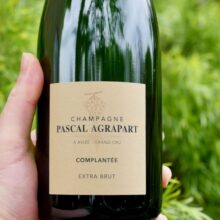
Product information
Agrapart Grand Crus Complantée (Base 2020)
$254
Description
Disgorged June 2023. Complantée comes from a single parcel in Avize that Agrapart co-planted (complantée) with six varieties: Pinot Noir, Meunier, Chardonnay and the heirloom Champagne varieties of Arbane, Petit Meslier and Pinot Blanc. Chardonnay accounts for one-quarter of the blend, with the remainder split equally between the other five varieties. The vines are all in the Fosse vineyard, the same site that gives us the great Vénus cuvée (the name of the specific vineyard parcel where these vines are situated is La Fosse à Bull). With this wine, Pascal Agrapart is delving into the past to try to understand what the ancient varieties and the traditional practice of co-plantation can bring to the table.
This release is based on the outstanding 2020 harvest, with 20% reserve wine from 2019. The fruit was hand-harvested together, co-fermented and barrel-aged before being put to bottle without filtration. The wine rested for just over two years on its lees and was dosed with less than 5 g/L.
The wine’s atypical savouriness and notes of nettle, crushed herbs and subtle spice are far from common in a Champagne, yet it is delicious. The vibrant clarity and driving mineral freshness crackle across the palate and speak loudly of Avize. We’ll leave the final words to Peter Liem: “While there are a number of champagnes being made from these varieties today, Agrapart’s is surely one of the finest.”
In stock
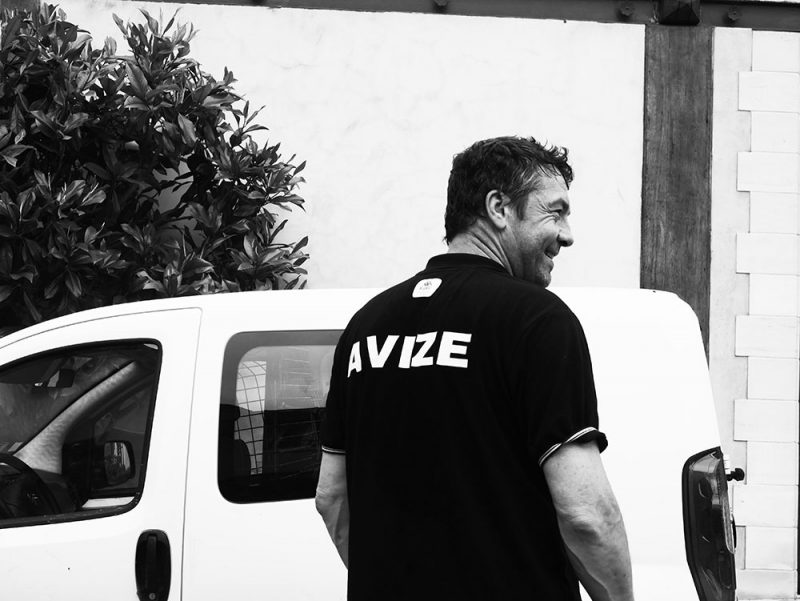
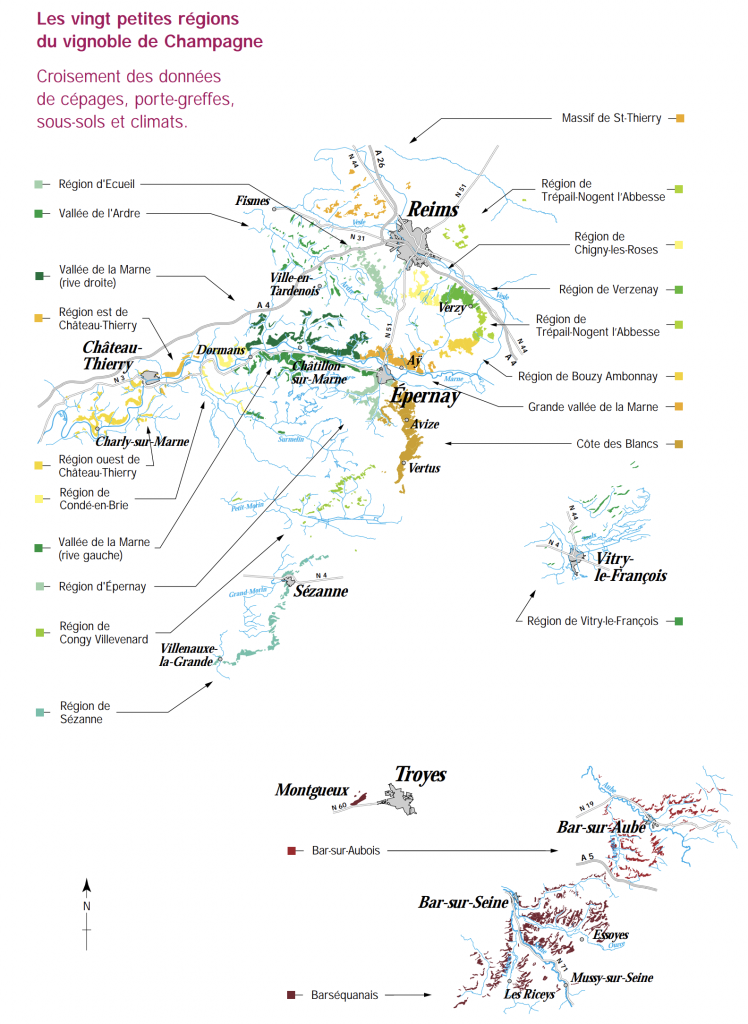




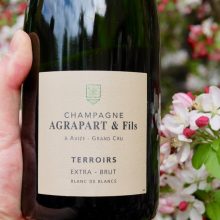
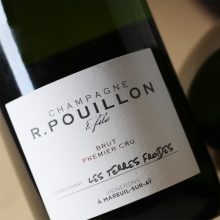
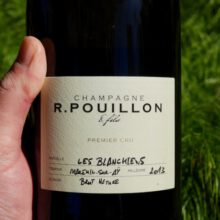
You must be logged in to post a comment.